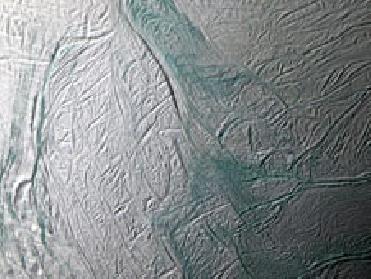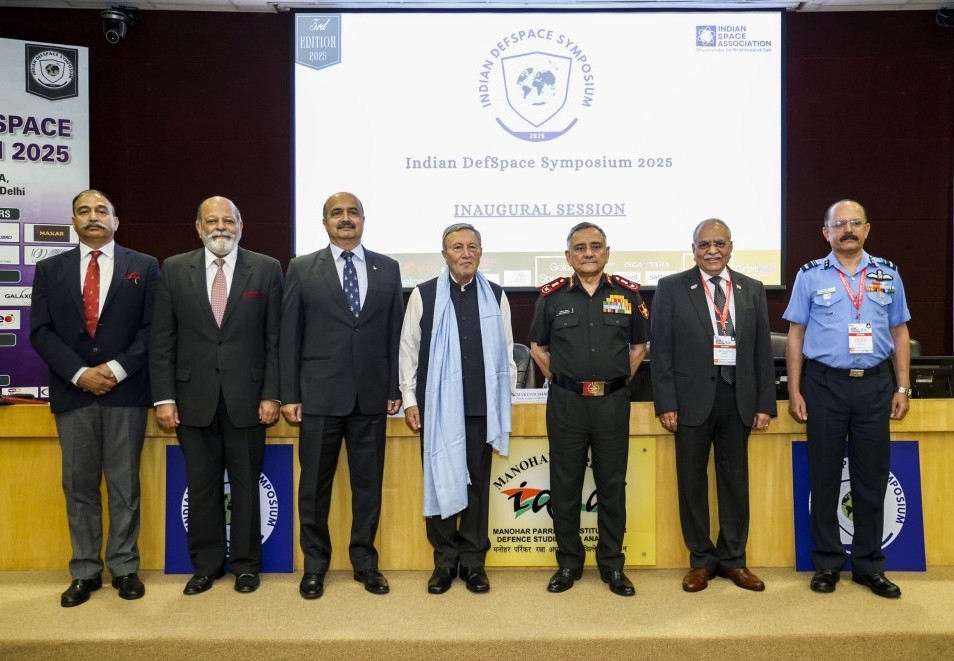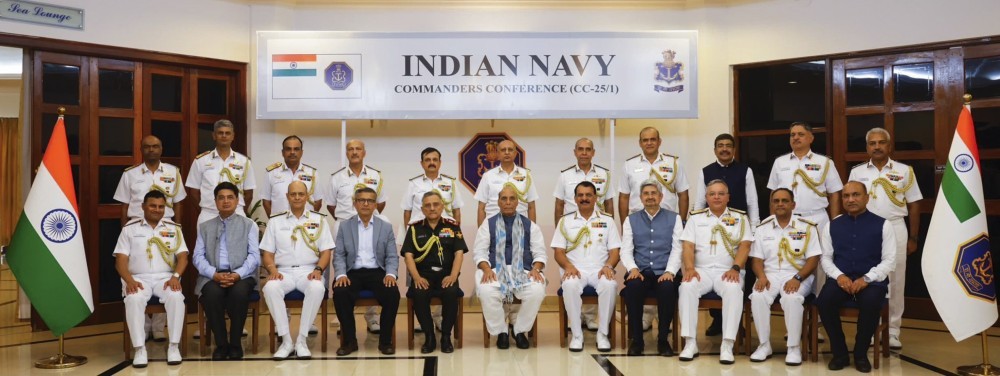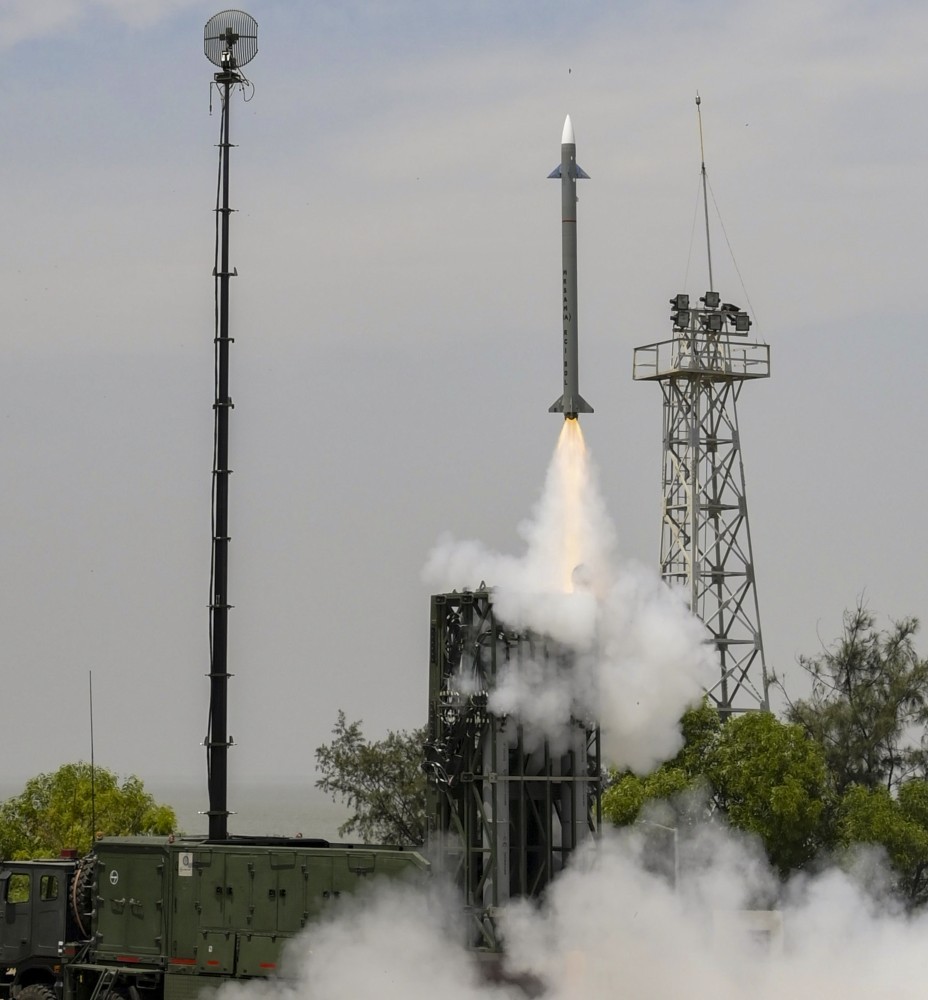
WASHINGTON (BNS): The high-resolution pictures taken on August 11, 2008, by NASA's Cassini spacecraft pinpoint the source of icy jets on the surface of Saturn's geologically active moon Enceladus.
The images of flyby Enceladus were taken as Cassini sped past the icy moon at 64,000 km per hour (40,000 miles per hour). The imaging team developed a special technique called "skeet shooting" to rescind out the high speed of the moon relative to Cassini and obtain ultra-sharp images.
Carolyn Porco, Cassini imaging team leader at the Space Science Institute, Boulder, Colo., said, “This is the mother lode for us. A place that may ultimately reveal just exactly what kind of environment, habitable or not, we have within this tortured little moon."
Explaining the images, Porco said, “There appears to have been extensive fallout of icy particles to the ground, along some of the fractures, even in areas that lie between two jet source locations, though any immediate effects of presently active jets are subtle."
Imaging scientists are of the opinion that once warm vapour rises from underground to the cold surface through narrow channels, the icy particles may condense and seal off an active vent. New jets may then appear elsewhere along the same fracture.
The success of Cassini images was finding the location within the fractures from which the jets blast icy particles, water vapour and trace organics into space. Scientists are now studying the nature and intensity of this process on Enceladus, and its effects on surrounding terrain. This information, coupled with observations by Cassini's other instruments, may answer the question of whether reservoirs of liquid water exist beneath the surface.
The developer of skeet-shoot technique and Cassini imaging team associate at Cornell University, Ithaca, NY, Paul Helfenstein said that knowing exactly where to point, at just the right time, was critical for this event. As a comparison Helefenstein said, "The challenge is equivalent to trying to capture a sharp, unsmeared picture of a distant roadside billboard with a telephoto lens out the window of a speeding car.”
Explaining the capture of images, Helfenstein said, "Enceladus was streaking across the sky so quickly that the spacecraft had no hope of tracking any feature on its surface. Our best option was to point the spacecraft far ahead of Enceladus, spin the spacecraft and camera as fast as possible in the direction of Enceladus' predicted path, and let Enceladus overtake us at a time when we could match its motion across the sky, snapping images along the way."
Having the combination of high-resolution snapshots and broader images showing the entire region will help the scientists to understand what may be powering the activity on Enceladus.
Helfenstein, also an icy moons expert said,” For the first time, we are beginning to understand how freshly erupted surface deposits differ from older deposits. Over geologic time, the eruptions have clearly moved up and down the lengths of the tiger stripes."
The new images, with jet source locations labeled, are available at: http://www.nasa.gov/cassini, http://saturn.jpl.nasa.gov and http://ciclops.org.
 Previous Article
Previous Article Next Article
Next Article













The Indian Air Force, in its flight trials evaluation report submitted before the Defence Ministry l..
view articleAn insight into the Medium Multi-Role Combat Aircraft competition...
view articleSky enthusiasts can now spot the International Space Station (ISS) commanded by Indian-American astr..
view article